Home>Furniture & Design>Living Room Furniture>Why Is My Electric Recliner Not Working
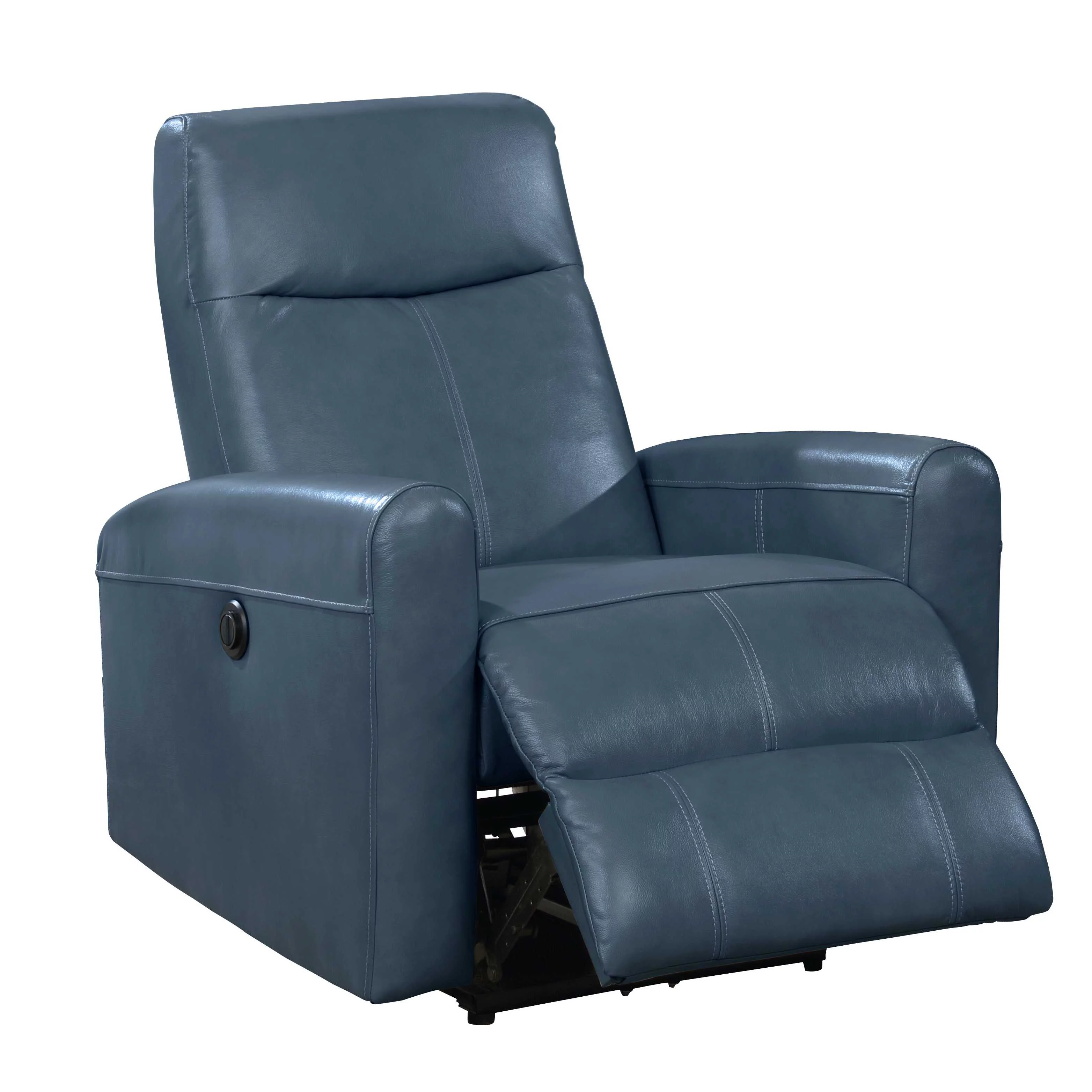

Living Room Furniture
Why Is My Electric Recliner Not Working
Published: December 20, 2023
Discover common reasons why your electric recliner may not be working and how to troubleshoot it. Get expert tips for fixing living room furniture issues.
(Many of the links in this article redirect to a specific reviewed product. Your purchase of these products through affiliate links helps to generate commission for Storables.com, at no extra cost. Learn more)
Introduction
Welcome to the world of electric recliners, where comfort meets convenience at the touch of a button. These modern marvels of furniture design have revolutionized the way we relax, offering seamless reclining and footrest extension with just a push of a button. However, like any electronic device, electric recliners may encounter issues that hinder their smooth operation. If you find yourself wondering, "Why is my electric recliner not working?" fear not, as we delve into the common troubleshooting steps to help you identify and resolve the issue.
Whether your electric recliner is unresponsive to the remote control, fails to recline or extend the footrest, or simply exhibits erratic behavior, this comprehensive guide will equip you with the knowledge to address these concerns. From checking the power supply to examining the intricate mechanisms within the recliner, we'll navigate through the troubleshooting process to shed light on potential solutions.
So, grab a seat (perhaps not your electric recliner at the moment) and join us on this journey to unravel the mysteries behind electric recliner malfunctions. By the end of this guide, you'll be empowered to troubleshoot and possibly resolve the issues plaguing your beloved electric recliner, restoring it to its former state of relaxation and comfort. Let's embark on this illuminating exploration of electric recliner troubleshooting!
Key Takeaways:
- Check the power supply and remote control first if your electric recliner is not working. Make sure it’s plugged in, the outlet works, and the remote has fresh batteries. This can solve many common issues.
- If basic troubleshooting doesn’t work, consider seeking help from professional technicians who specialize in electric recliner repairs. They have the expertise and tools to diagnose and fix complex problems.
Read more: Why Is My Electric Blanket Not Working
Checking the Power Supply
When your electric recliner displays signs of malfunction, the first step is to assess its power supply. Begin by ensuring that the recliner is securely plugged into a functioning power outlet. Sometimes, the simplest solutions yield the most significant results, and a loose or disconnected power cord could be the culprit behind your recliner’s unresponsiveness.
Next, verify that the power outlet itself is operational. You can do this by plugging in another electronic device to see if it powers on. If the outlet is functioning, but your recliner remains unresponsive, it’s time to inspect the power cord for any signs of damage or wear. A frayed or damaged power cord may impede the flow of electricity to your recliner, resulting in its non-operational state.
Additionally, some electric recliners are equipped with a power transformer that converts the standard household voltage to the specific voltage required for the recliner’s motor and electronic components. This transformer, often located near the power cord, should be checked for any indications of damage or overheating. If the transformer appears faulty, it may need to be replaced to restore the proper power supply to your recliner.
Furthermore, if your electric recliner features a battery backup system, such as in the event of a power outage, ensure that the batteries are functional and properly inserted. Over time, the batteries may lose their charge or become corroded, impeding the recliner’s ability to operate seamlessly. By addressing these power supply considerations, you can eliminate potential issues stemming from inadequate electrical power, bringing you one step closer to resolving the mystery of your recliner’s malfunction.
Inspecting the Remote Control
As you continue your quest to unravel the enigma of your non-responsive electric recliner, it’s essential to direct your attention to the remote control. This handheld device serves as the gateway to commanding your recliner’s movements, and any issues with the remote can directly impact the recliner’s functionality.
Begin by verifying that the remote control has functional batteries. A depleted battery could render the remote ineffective, preventing it from communicating with the recliner. Replace the batteries with fresh ones, ensuring that they are inserted in the correct orientation, and test the remote’s functionality. If the remote control operates other devices but not the recliner, it may be necessary to reprogram it to establish a connection with the recliner.
Furthermore, inspect the remote control for any signs of physical damage or wear. Dropping the remote or subjecting it to rough handling could lead to internal circuitry damage, rendering it incapable of transmitting signals to the recliner. If visible damage is present, consider obtaining a replacement remote control to restore seamless communication with your electric recliner.
It’s also worth considering the range of the remote control. Interference from other electronic devices or obstacles between the remote and the recliner can hinder the transmission of signals. Ensure that there are no obstructions impeding the line of sight between the remote and the recliner, and minimize potential sources of interference to optimize the remote’s effectiveness.
By meticulously examining the remote control and addressing any issues related to power supply, functionality, and obstructions, you can eliminate potential impediments to the communication between the remote and your electric recliner. This step brings you closer to uncovering the underlying cause of your recliner’s unresponsiveness and paves the way for a potential solution to restore its operational prowess.
Check the power source and make sure it’s plugged in. If it’s still not working, check the remote control and the wiring for any damage. If everything looks good, it may be a motor issue and you should contact the manufacturer for assistance.
Examining the Recliner’s Mechanism
Delving deeper into the troubleshooting process for your electric recliner, it’s time to turn your focus to the intricate mechanisms that facilitate its seamless operation. The internal components of the recliner, including the motor, gears, and moving parts, play a pivotal role in orchestrating its reclining and footrest extension functions. By examining these components, you can gain valuable insights into the potential sources of malfunction.
Start by visually inspecting the exterior of the recliner for any obstructions or foreign objects that may impede its movement. Items lodged in the recliner’s mechanism can disrupt its operation, causing it to become unresponsive or exhibit erratic behavior. Clear any obstructions and ensure that the recliner’s path to full extension or recline is unobstructed, allowing for smooth and unhindered movement.
Next, listen for any unusual sounds emanating from the recliner when you attempt to activate its functions. Unusual grinding, clicking, or buzzing noises could indicate underlying issues within the motor or gears. These sounds may signify worn-out components or misalignments that require attention to restore the recliner’s optimal functionality.
If your electric recliner features a massage or heating function, these additional components should be inspected for signs of malfunction. Ensure that the massage nodes or heating elements are operational and that they do not contribute to any interference with the recliner’s primary functions.
By carefully examining the internal mechanisms of your electric recliner, you can identify potential areas of concern that may be contributing to its non-operational state. Whether it’s a matter of clearing obstructions, addressing unusual sounds, or ensuring the functionality of supplementary features, this step brings you closer to unraveling the mysteries behind your recliner’s malfunction and sets the stage for targeted troubleshooting interventions.
Troubleshooting the Wiring
As you navigate the intricate landscape of electric recliner troubleshooting, the wiring system emerges as a critical element warranting thorough examination. The wiring network within your recliner serves as the conduit for electrical signals, facilitating the seamless transmission of commands to its various components. By delving into the realm of wiring troubleshooting, you can uncover potential issues that may be impeding your recliner’s functionality.
Commence this phase of troubleshooting by visually inspecting the wiring harness and connections within the recliner. Look for any signs of frayed, damaged, or disconnected wires that could disrupt the flow of electricity. A thorough visual assessment can reveal potential areas of concern, allowing you to address wiring irregularities that may be contributing to the recliner’s malfunction.
Furthermore, if your electric recliner features a control module or circuit board, these electronic components should be scrutinized for any indications of wiring-related issues. Loose connections, damaged circuitry, or faulty components within the control module can impede the transmission of signals, leading to operational anomalies in the recliner’s functions.
In addition to visual inspection, consider utilizing a multimeter to test the continuity and voltage levels within the wiring system. This diagnostic approach can provide valuable insights into the integrity of the electrical pathways, helping you pinpoint areas of concern and potential points of failure within the recliner’s wiring network.
If your troubleshooting efforts reveal wiring-related issues, such as damaged connections or compromised circuitry, it may be necessary to repair or replace the affected components. Exercise caution and, if necessary, seek the expertise of a qualified professional to address intricate wiring concerns and ensure the safe and effective restoration of your electric recliner’s functionality.
By meticulously troubleshooting the wiring system within your electric recliner, you can uncover hidden impediments to its seamless operation and take targeted measures to address wiring-related issues. This proactive approach brings you closer to resolving the enigma of your recliner’s malfunction and sets the stage for potential interventions to restore its optimal functionality.
Read more: Why Is My Electrical Steamer Not Working
Seeking Professional Assistance
As you navigate the realm of electric recliner troubleshooting, encountering challenges that defy quick fixes is not uncommon. When your diligent efforts to diagnose and resolve the issues plaguing your electric recliner yield limited success, it may be time to consider enlisting the expertise of professionals in the field. Seeking professional assistance can provide invaluable support in addressing complex or elusive problems that elude conventional troubleshooting methods.
Professional technicians specializing in furniture and electronic systems possess the knowledge, experience, and specialized tools necessary to conduct in-depth diagnostics and repairs on electric recliners. By entrusting your recliner to these experts, you can benefit from their comprehensive understanding of the intricate mechanisms and electronic components that underpin its functionality.
When selecting a professional service provider, prioritize reputable and certified professionals with a track record of excellence in repairing electric recliners. Research customer reviews, seek recommendations from trusted sources, and verify the credentials and expertise of the technicians who will be handling your recliner. This meticulous approach ensures that your beloved furniture piece receives the care and attention it deserves.
Upon engaging professional assistance, communicate your observations and troubleshooting efforts to the technicians. Your insights into the symptoms and behaviors exhibited by the recliner can provide valuable context for the professionals as they embark on their diagnostic journey. By sharing your observations, you contribute to a collaborative and informed approach to resolving the issues affecting your electric recliner.
Furthermore, professional technicians can conduct comprehensive assessments of the recliner’s electronic and mechanical components, identifying underlying issues that may have eluded your initial troubleshooting endeavors. Their expertise in diagnosing and repairing electric recliners equips them to address complex wiring issues, motor malfunctions, circuitry anomalies, and other intricate problems that require specialized knowledge and skills.
By seeking professional assistance, you can leverage the collective expertise of skilled technicians to unravel the mysteries behind your electric recliner’s malfunction. This collaborative approach fosters the potential for targeted interventions and precise repairs, ultimately restoring your recliner to its optimal state of functionality and ensuring that you can once again indulge in the luxurious comfort it provides.
Frequently Asked Questions about Why Is My Electric Recliner Not Working
Was this page helpful?
At Storables.com, we guarantee accurate and reliable information. Our content, validated by Expert Board Contributors, is crafted following stringent Editorial Policies. We're committed to providing you with well-researched, expert-backed insights for all your informational needs.
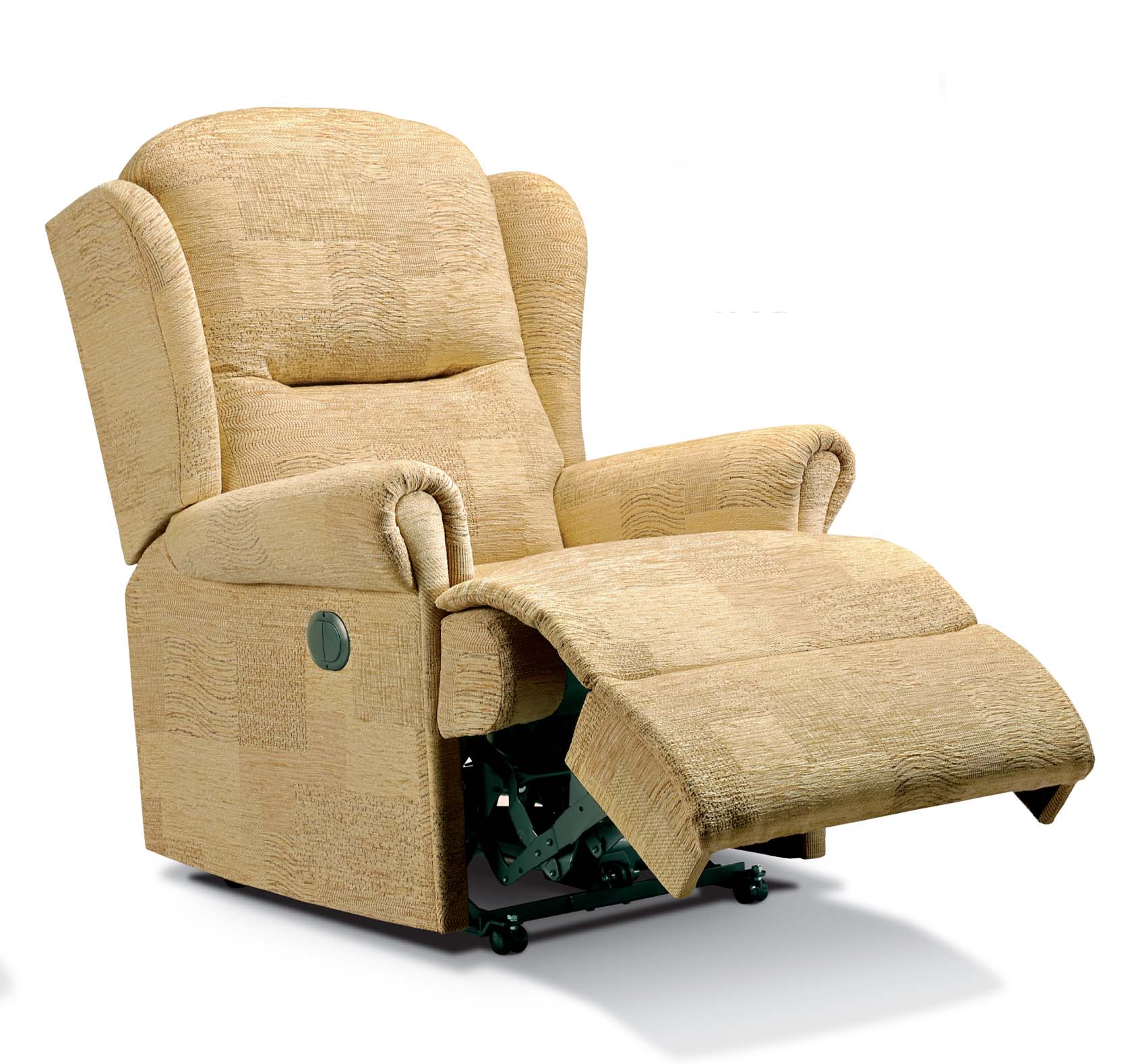
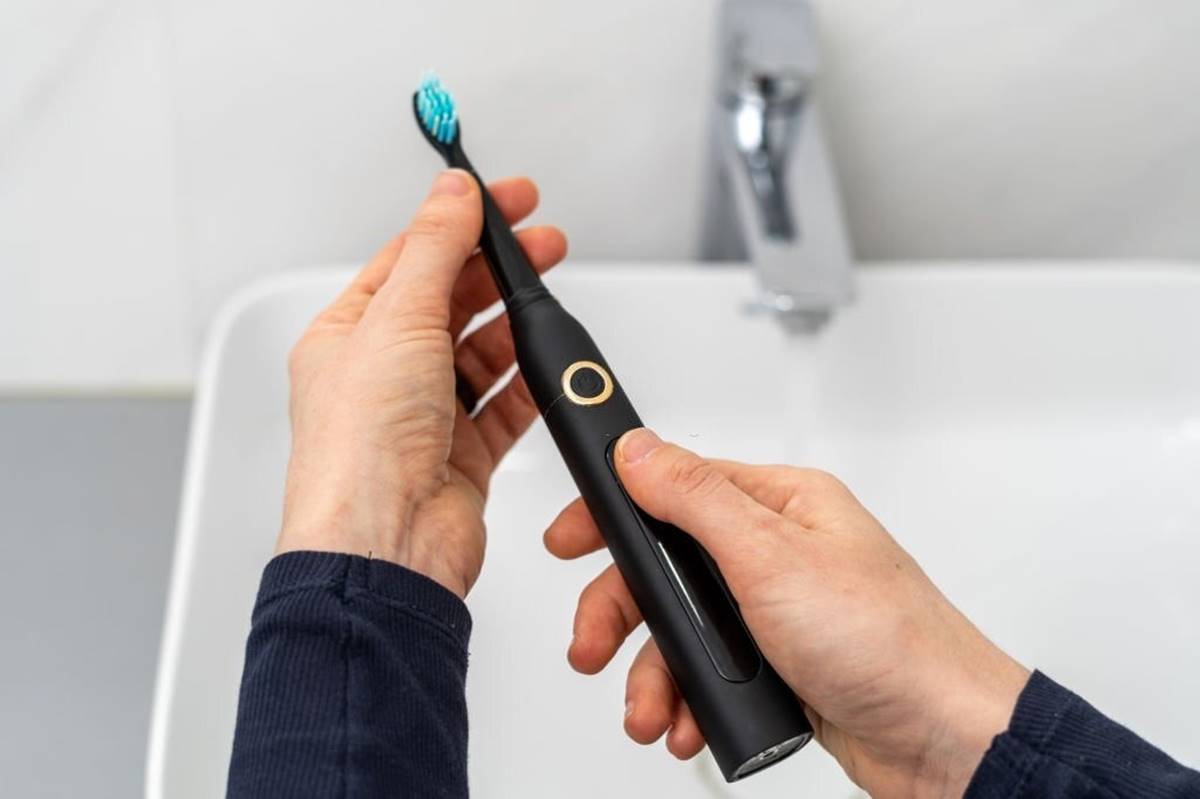
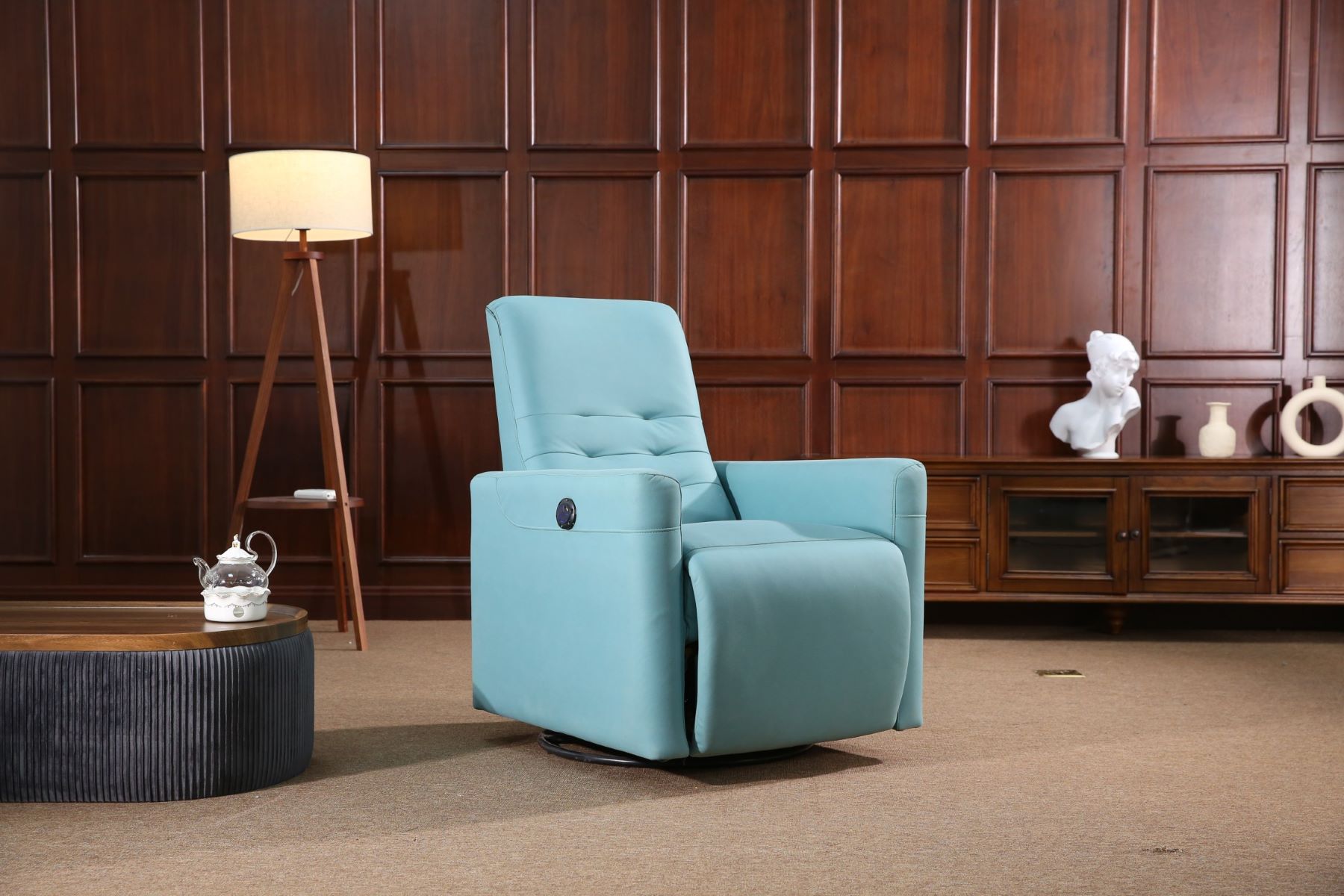
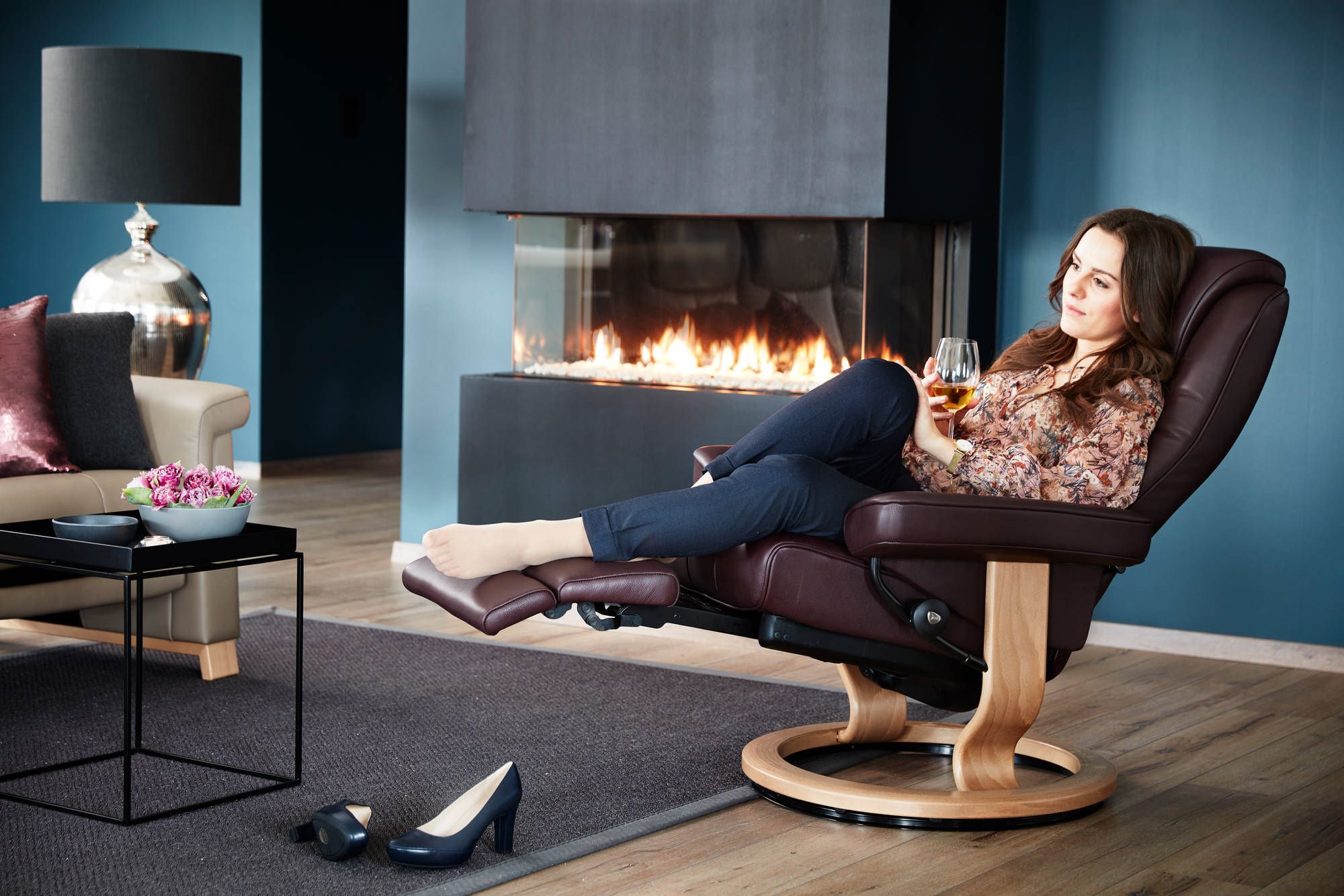

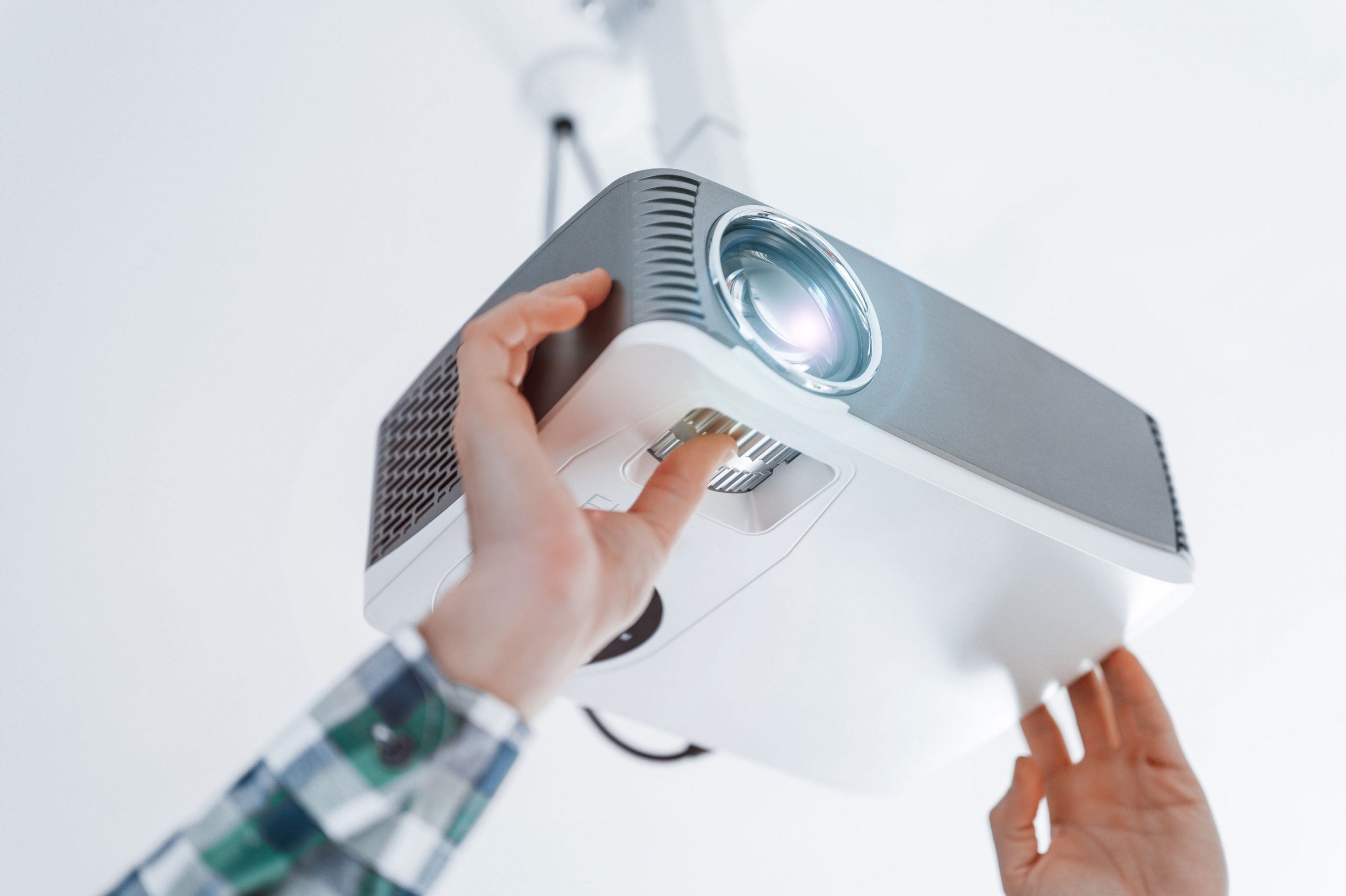

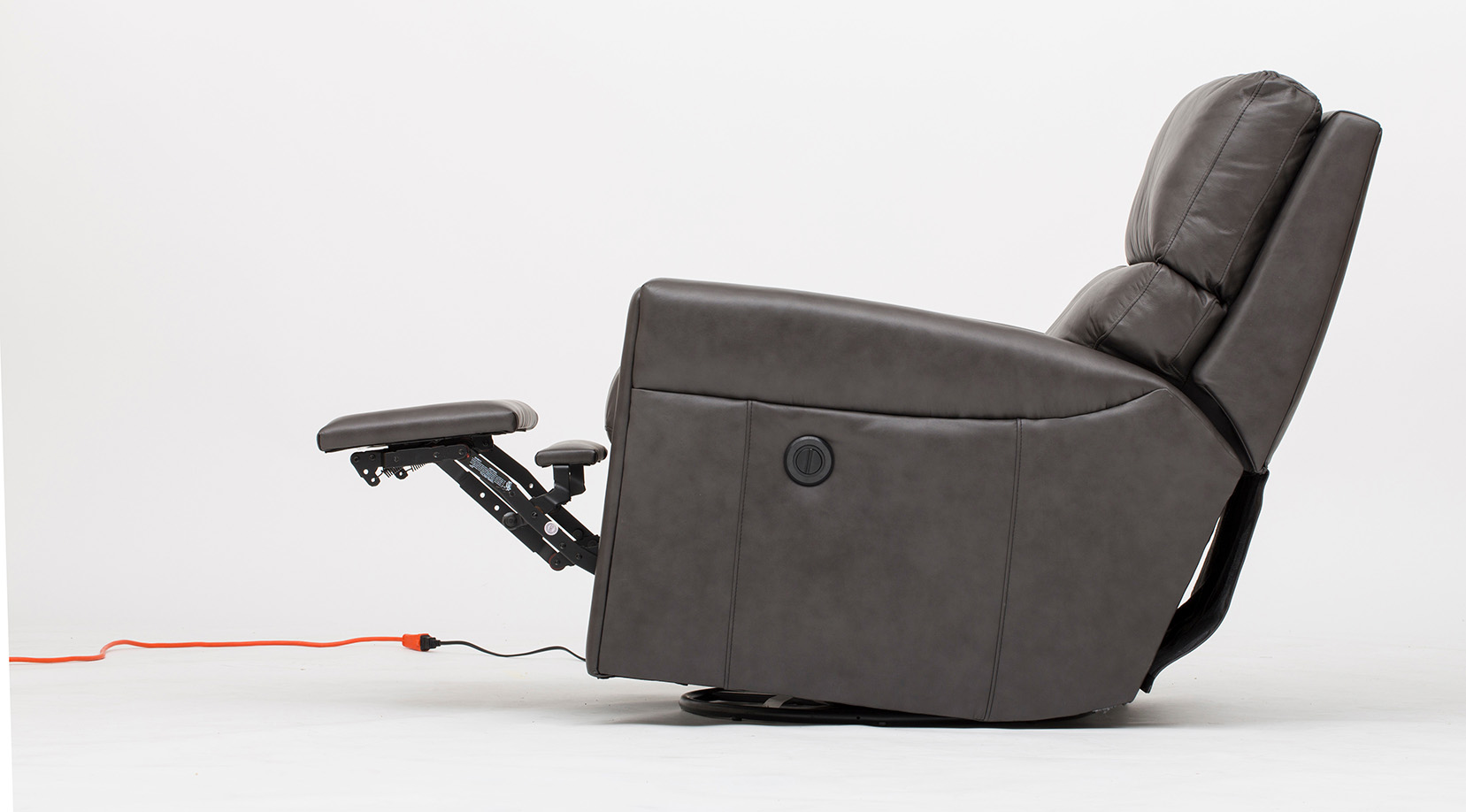
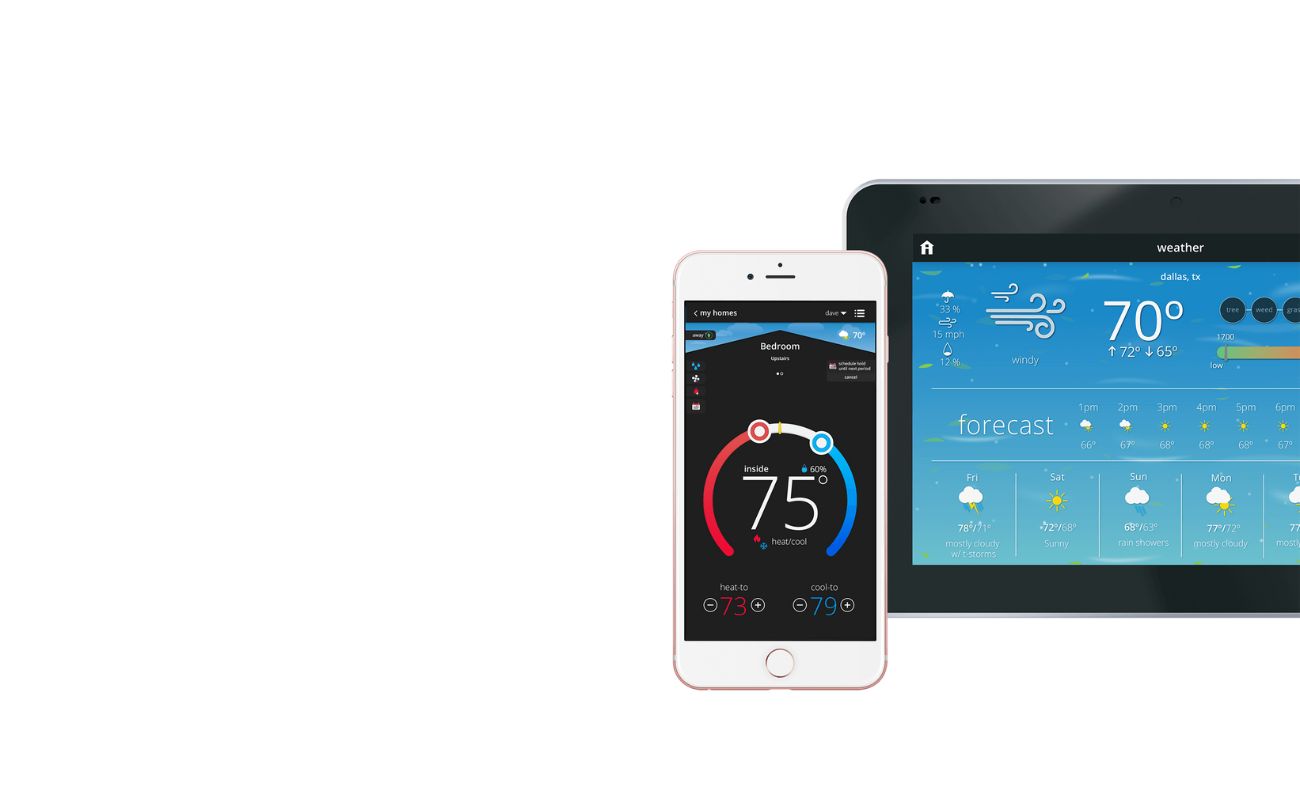
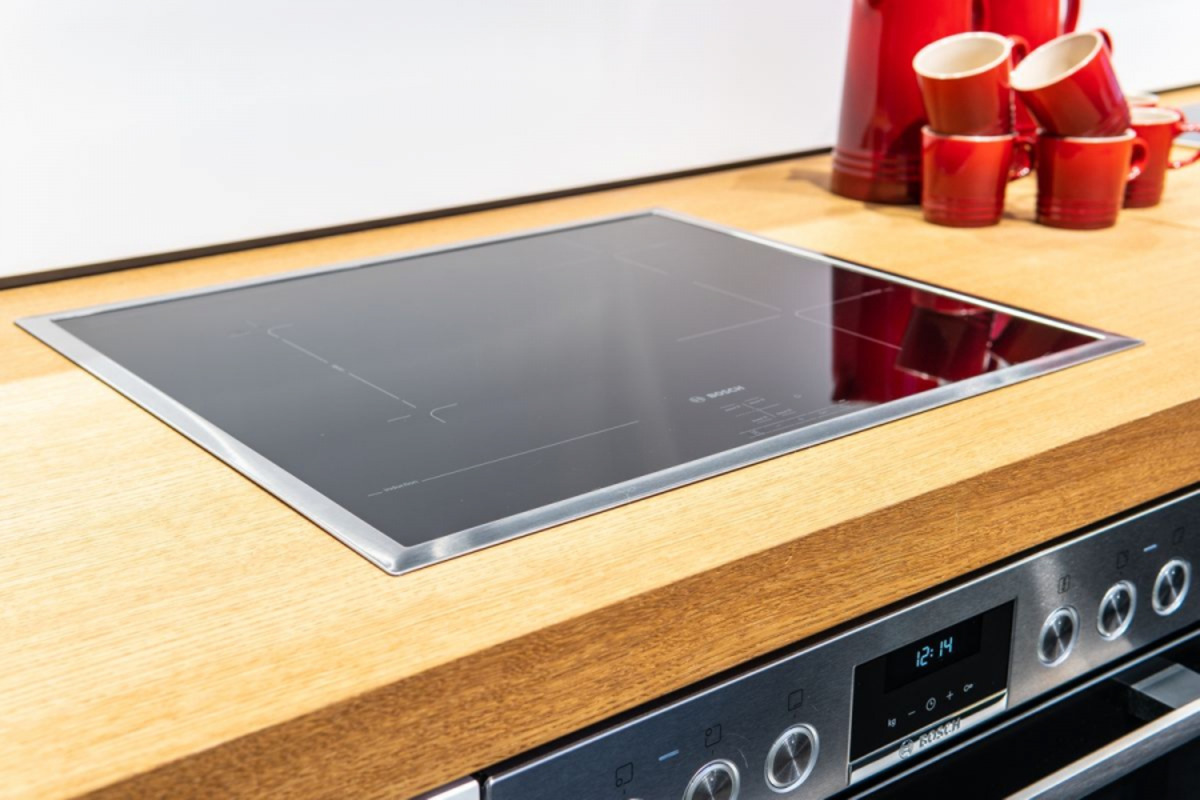

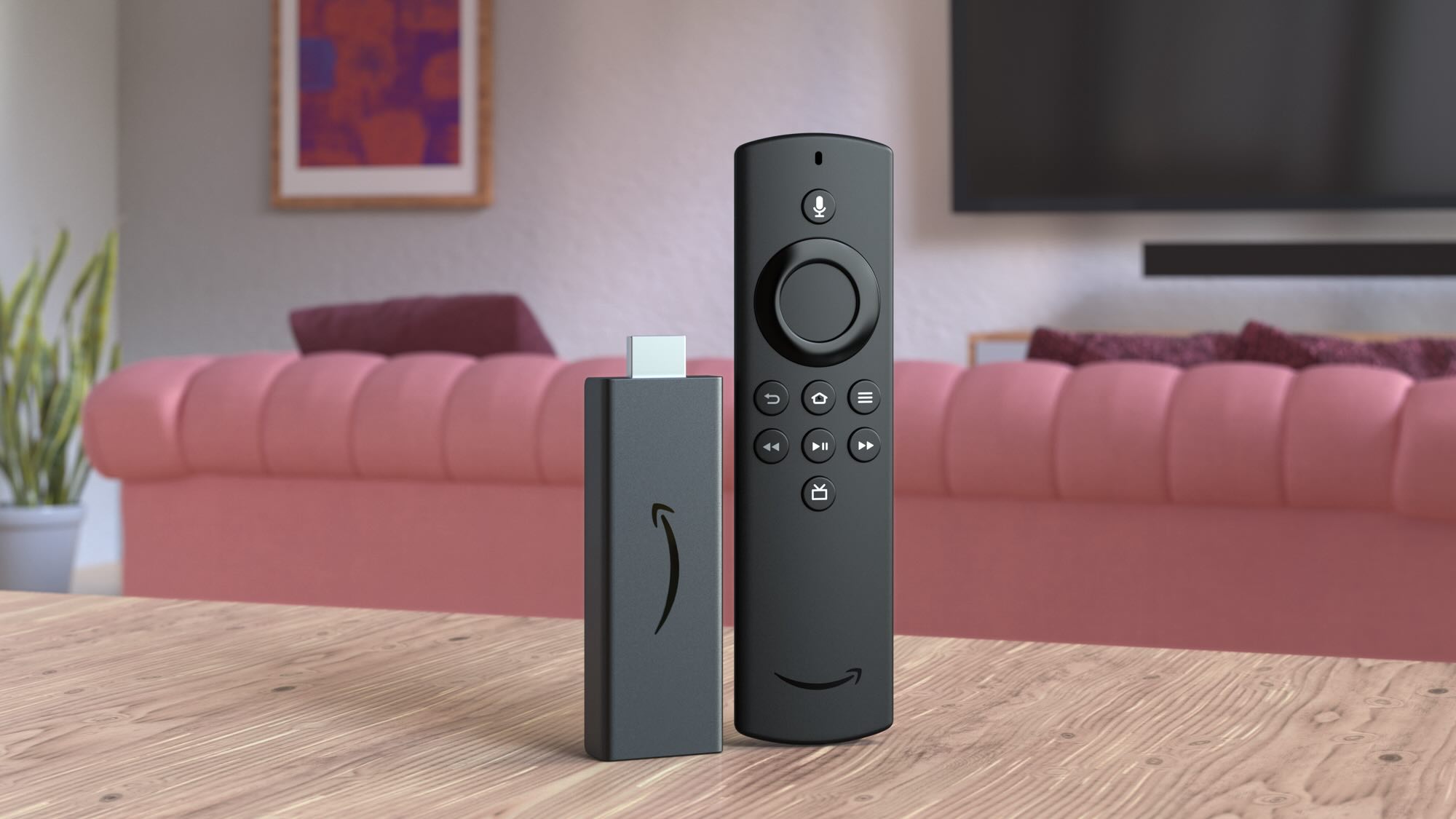
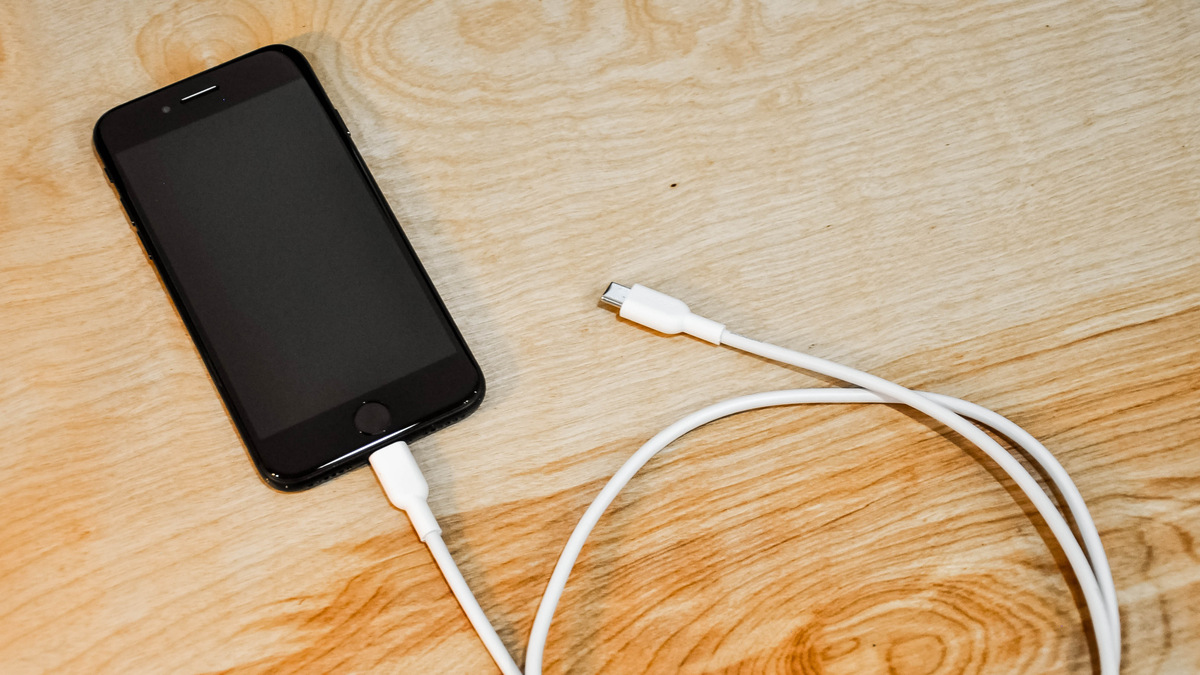
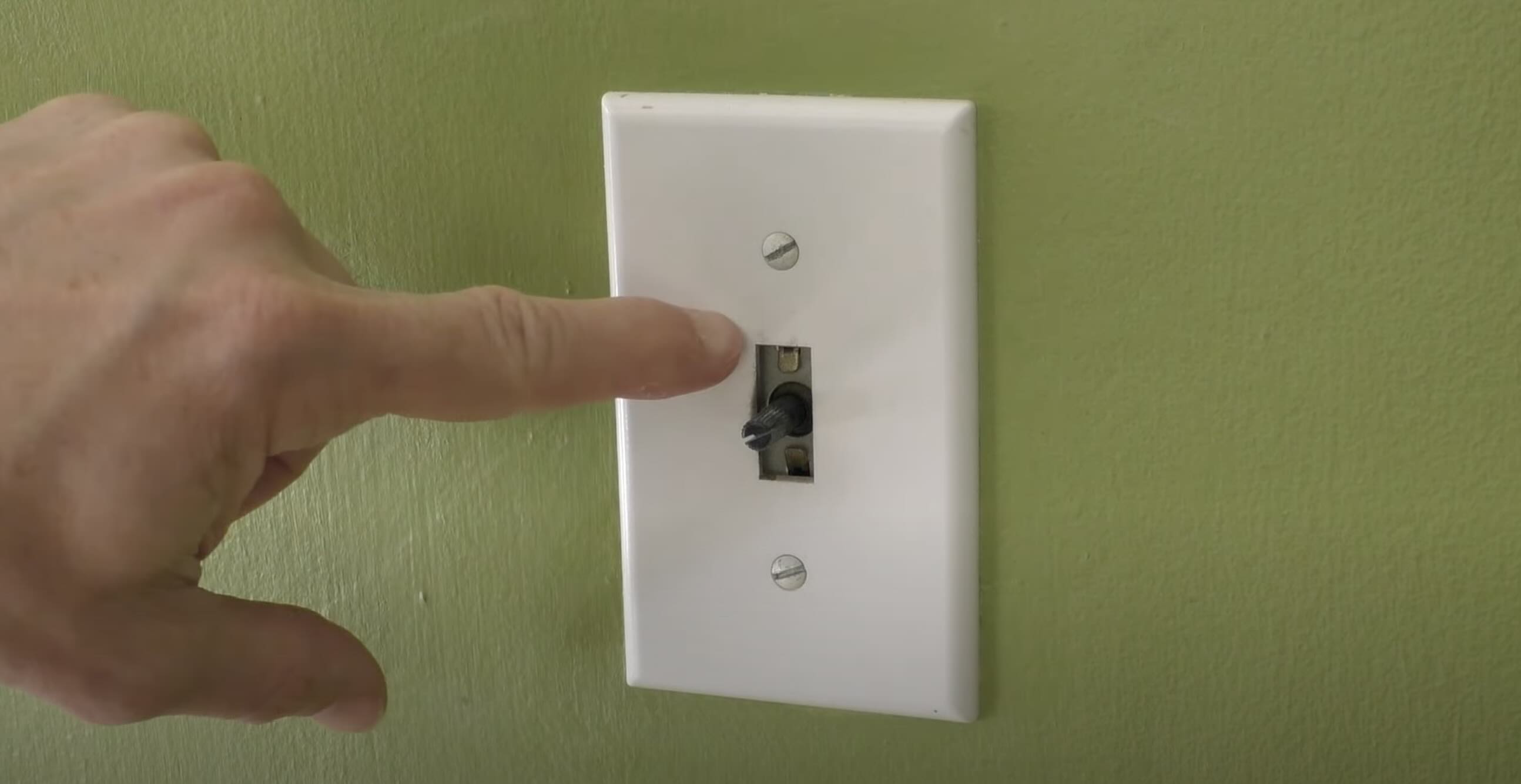

0 thoughts on “Why Is My Electric Recliner Not Working”